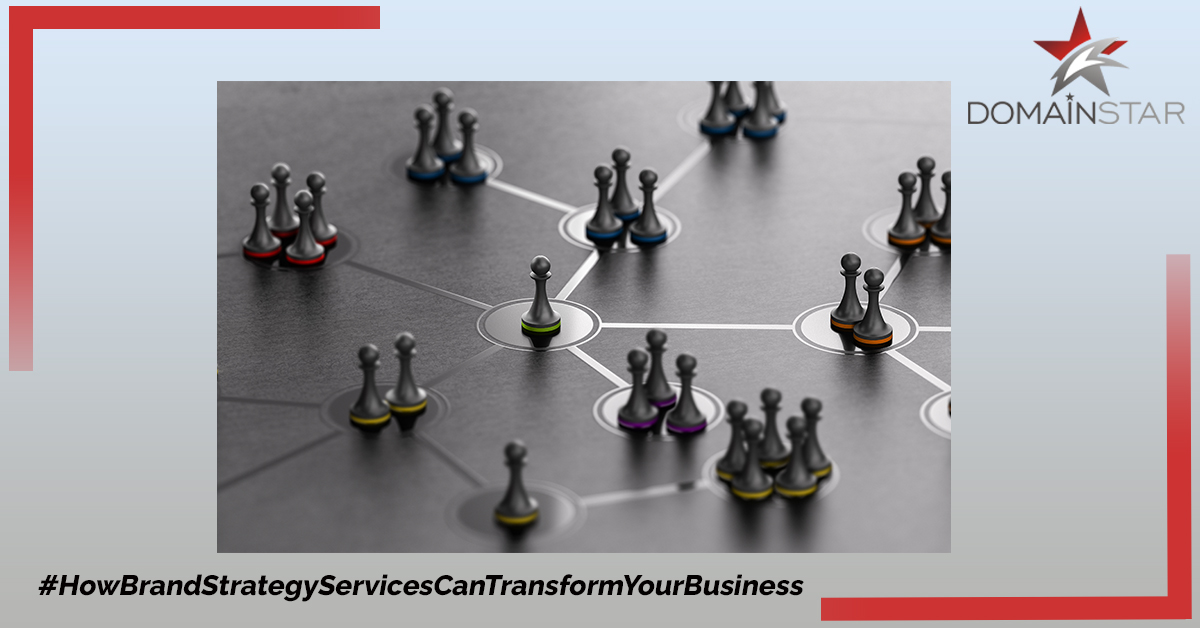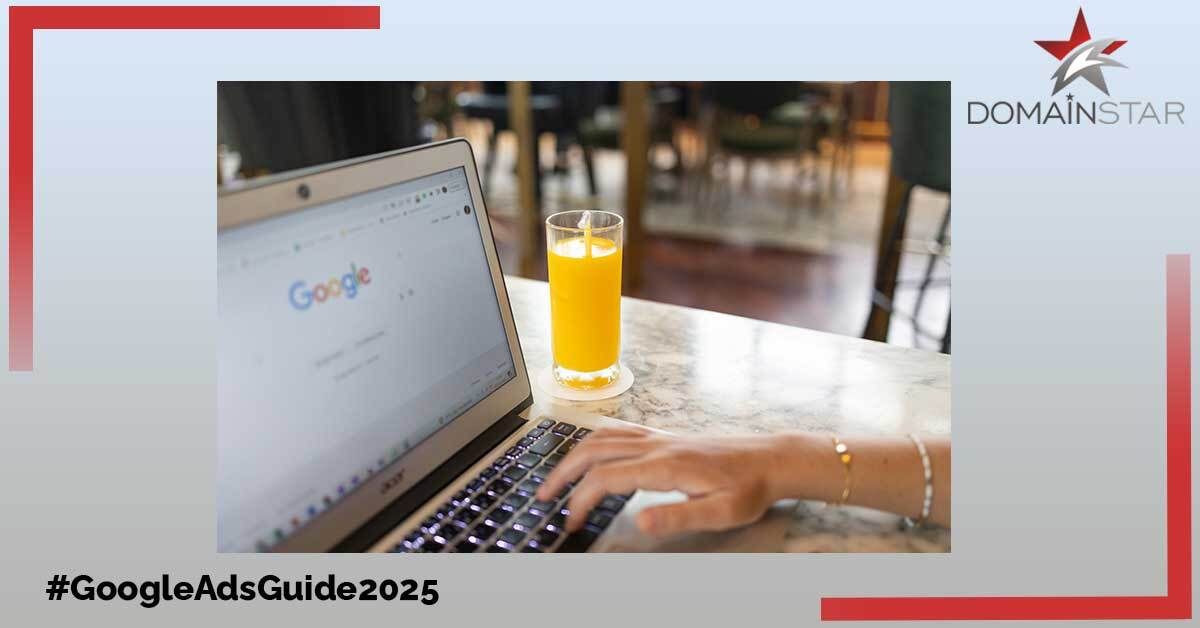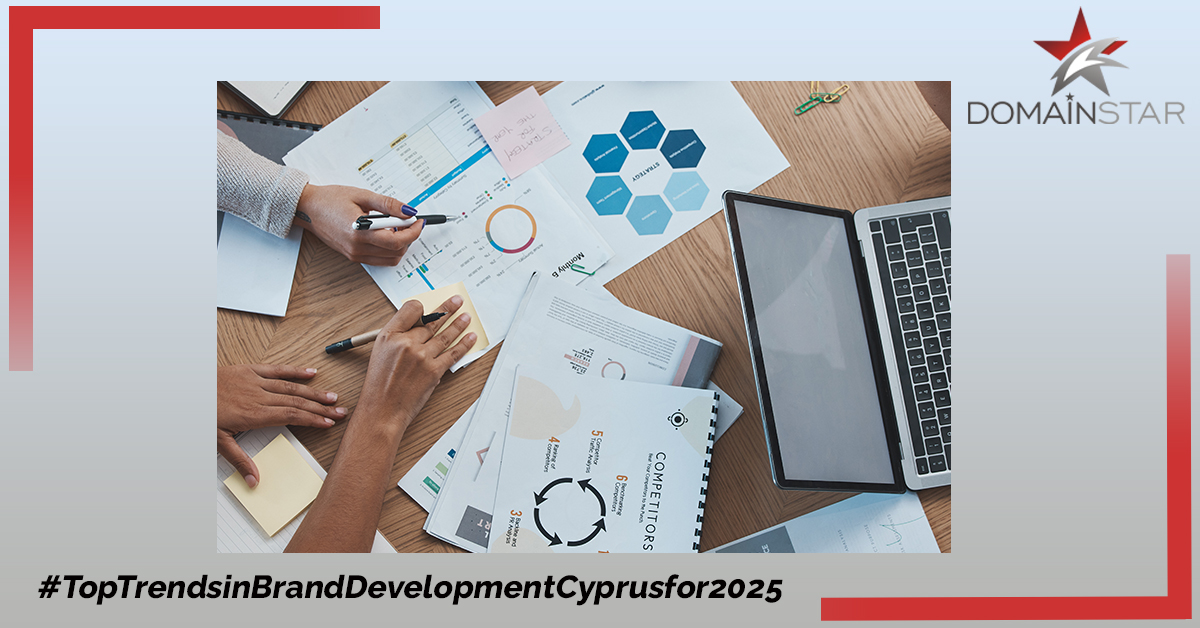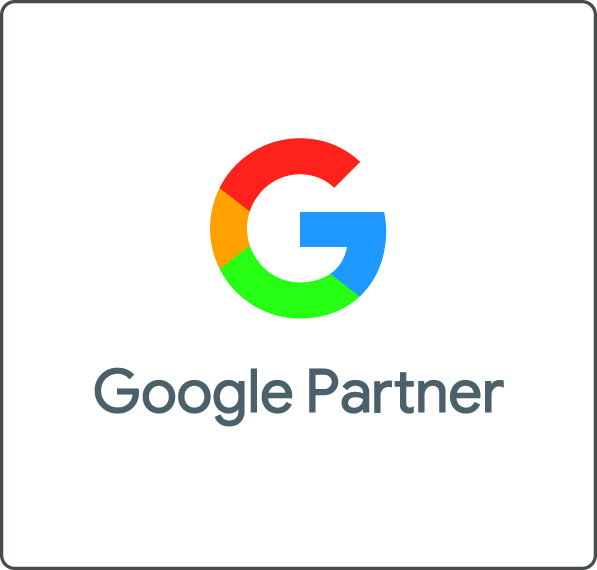How to Develop a Website Conversion Strategy
All website owners aim to keep their conversion rates at a maximum. However, the achievement of that aim is often elusive for most agencies simply because they are on the wrong path. Instead of designing their websites to create interest, they only fair excellently in using them as tools for keeping in touch with their clients. The truth, therefore, is that most websites are better non-existent.
As an online marketer, it is obvious that your main task should involve improvement of the usability of your site and ensuring that your call to action is irresistible. You should concentrate much of your efforts in nothing less than attracting just the right clients. While this may seem easy enough with the suitable content, the difficult part comes when you have to keep them interested day in, day out and turning the interest into dollars. Apart from great commitment, you need a superb conversion strategy.
High Load Speed
The internet is probably one of the few areas where speeding is not only permitted but highly essential. There is no gentler way to put it: maintaining low page load speeds is another way of ensuring that your conversion rates are forever dipping. Therefore, don’t hesitate to get rid of features that may slow down the loading speed of your site pages, including non-specification of image dimensions and the application of too many codes.
Since you may not be aware of elements affecting the speed of your website, third party scripts are a great help. In addition, there are platforms whose main occupation is monitoring site speeds and updating owners on an hourly basis. You may also compare the speed of your site with that of the most visited ones and see whether it needs pumping up in order to keep at par with them.
Get Personal
If you don’t have a target market, you have no market at all. You cannot aim to be an attraction to anyone unless you know what makes them happy, motivates them or even what they fear. Keep in mind that your clients come in varying personas in different stages of buying and they should have different treatments.
Even targeting a certain segment of clients is not enough. You need to walk a mile further; you should know the specific needs of every one of your clients and how to satisfy them. In short, your website should be personal enough to make every client feel at home and really needed. Among many other ways, personalised greetings have always done wonders.
Accommodate All Hardware and Software Platforms
Your clients will access your site from different hardware and software platforms. Therefore, you are bound to lose great conversion chances if, for instance, your site cannot be easily accessed on a desktop. If you are introducing a new design, ensure that it is tested for usability on all platforms.
All said, you cannot afford to overlook the importance of easy mobile access. Today’s highly advanced mobile technology has made smartphones and tablets indispensable in almost every sphere of life. More and more people prefer to shop through their mobile devices and the trend is not likely to lose its touch soon. Thus, ignoring the mobile audience is simply committing a marketing suicide. In addition, there are many marketing opportunities offered on mobile platforms including the use of text messaging and apps such as Facebook, Instagram and YouTube.
Content Matters, a Lot
You deserve a pat on the back for attracting great traffic to your site. Great traffic, however, does not always mean great buys, especially if the quality of your content is poor or wrongly targeted. Consider the kind of topics, text, quality of video and audio among other features.
The type of content you put up on your website should be determined by your marketing objectives. Don’t forget the different buying stages of your clients. In addition, the type of webpages should be considered.
Graphic calls-to-action are a great way of attracting visitors to gated content especially when their links are embedded in webpages. In addition, share them on social media platforms. When visitors click on the calls-to-action, they should be led to landing pages that details the content and what it offers. In return, the pages get the visitors’ information which can in turn be used to follow up on them through emails, offering more helpful content.
Set Objectives and Analyse Results
It has not been always easy to measure website conversion results. Most website owners have found it difficult to determine how many leads and how much traffic is generated from their work on the websites after a period of time. In addition, it has been easy to determine how many visitors have consequently become real clients.
Today, the advent of conversion tracking software has made it much easier to get visitor-to-lead and lead-to-customer conversions. With their use, you will comfortably note what is effective and what is not. You can, therefore, keep what is working and get rid of what is not helpful after analysing and interpreting your results.
Watch your Rivals
They too have most probably been watching you. Like in any other business occupation, online marketing is driven by competition. Find out what your rivals are doing and design your web conversion strategy in such a way that you will beat them by staying a step or two ahead of them.
Remember, your competitors may not always be right. You should, therefore, be careful not to copy the wrong approaches. There are platforms offering spying services, letting their clients know what their rivals are doing in real time by visiting their sites and viewing their social profiles, ads, noting their price changes as well as reading their newsletters.
Conclusion
Determining your approach to designing a successful conversion strategy will depend on the kind of business you are involved in. If your website is involved in promoting retail products, for instance, you should focus on establishing an interest in browsing through the products and adding them to categories. A site offering financial services should aim at inspiring the clients to make a quote or apply. Remember, however, that conversion is not limited to online engagements alone and you should leave room for offline ones too.





